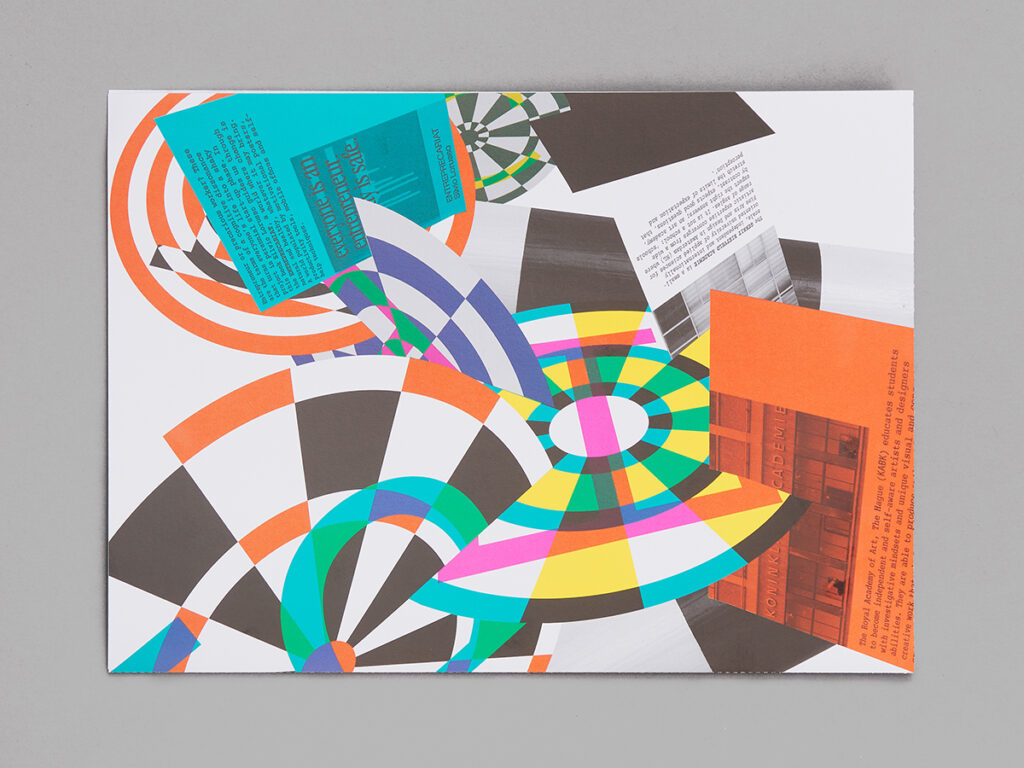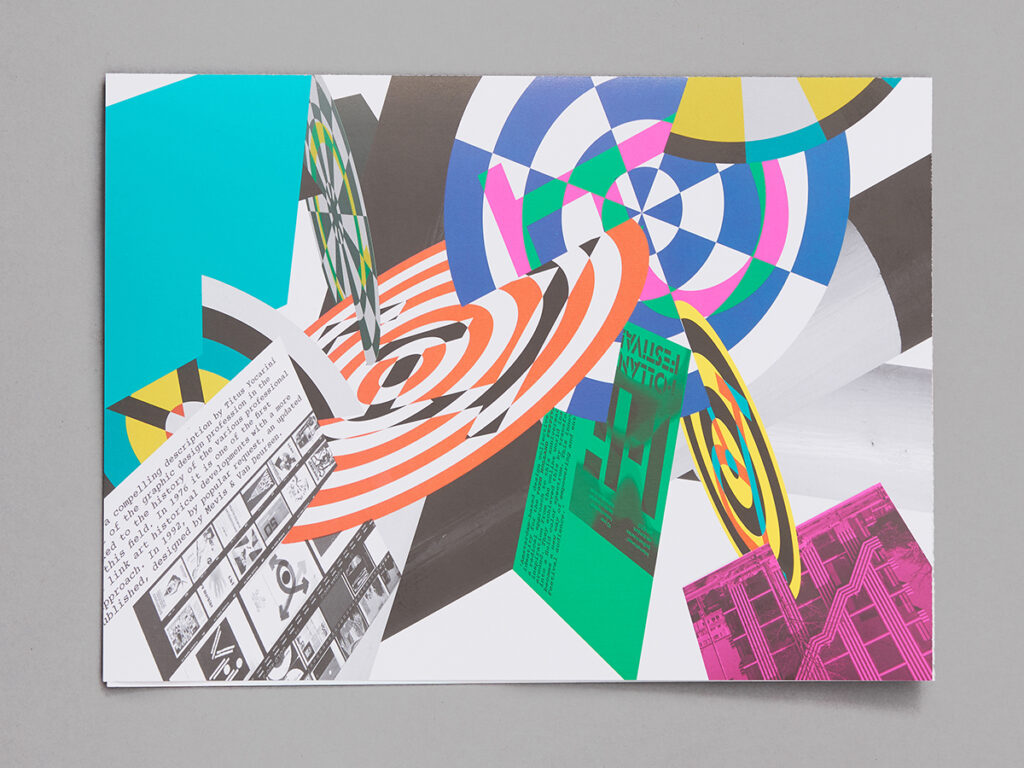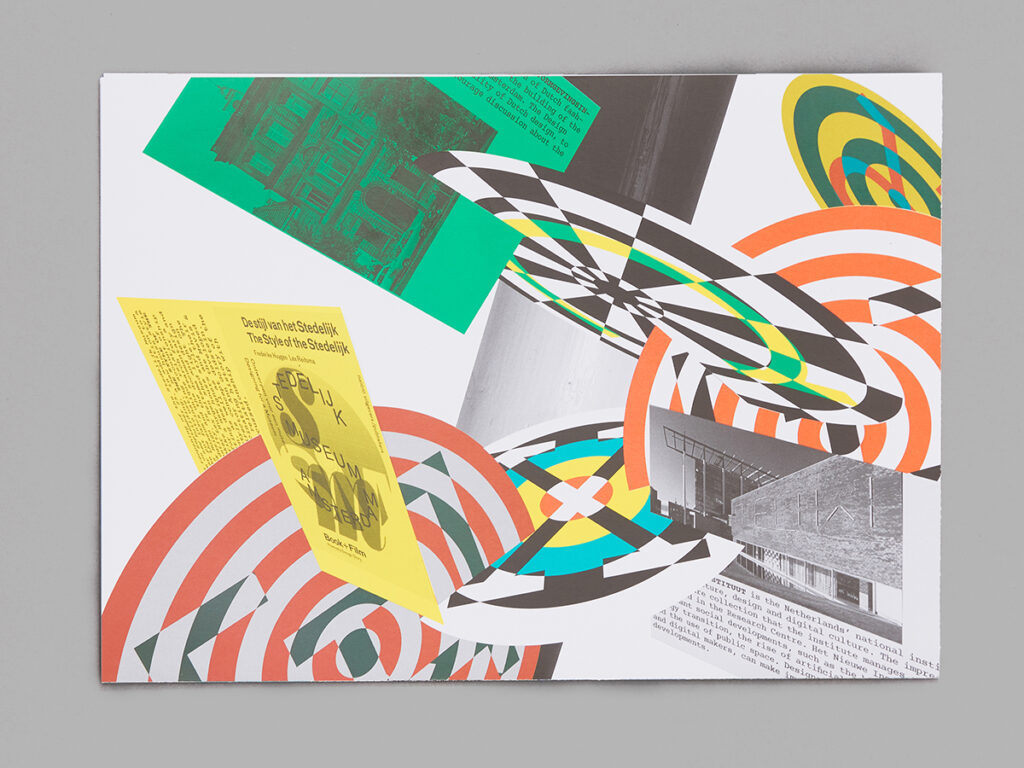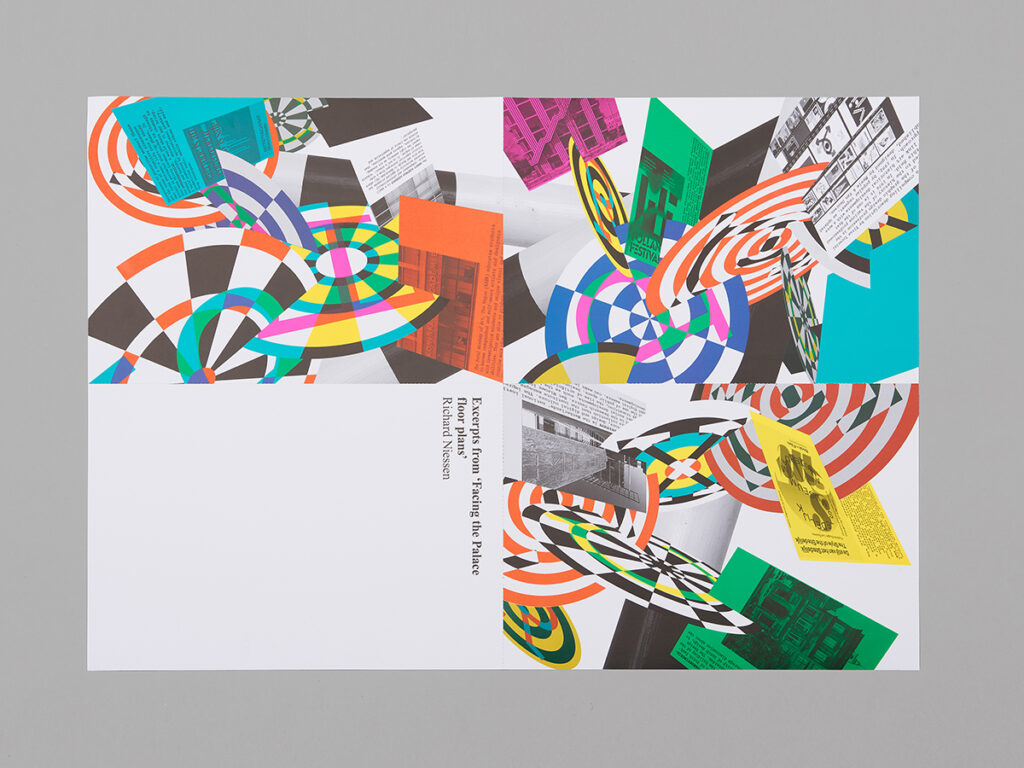Opinion by Richard Niessen
In The ‘normalization’ of art school (DDD 23.04.2025), Lucas Verweij argues for a “counter-revolution” to restore the autonomy of art academies. He is responding to what he sees as the dumbing down of Dutch design education, the result of standardisation and rigid formats. He attributes this development to the so-called ‘Bologna Process’ — a series of European agreements aimed at cooperation and harmonisation within higher education. The aim of this process was to increase the international mobility of students and teachers, strengthen the global appeal of European education and introduce a uniform credit system: as a result, for instance, almost all European countries have adopted the bachelor-master structure. “Bologna” reflects the current high modern zeitgeist, in which — as the German sociologist Max Weber (1864–1920) called it — purpose-rational action (Zweckrationalität) has become completely central: an emphasis on efficiency, effectiveness and measurability, at the expense of substantive depth and moral reflection. This functional-rational approach is not limited to education, but is also visible in design practice itself and in the way the history of the profession is dealt with.
Functional rationality
The current state of high modernity has its origins in the late 18th century, when Western societies underwent a profound modernisation process characterised by the emergence of a capitalist economy and the development of democracy as a form of government. At the root of this was a fundamental rationalisation of thought and action, ideologically fuelled by the ideas of the Enlightenment. This school of thought took shape under the influence of an emerging bourgeoisie, which, with its growing economic, social and political power, broke with the traditional, religious-hierarchical world view and thus laid the foundations for a rationally ordered society. Modernity manifested itself on the one hand structurally – in processes such as democratisation, industrialisation, urbanisation and bourgeoisification – and on the other hand culturally: in a shift from magic to science, from the sacred to the profane. Weber described this movement as the “disenchantment of reality”.
At the end of the twentieth century, this process entered a new phase, high modernity, which saw a transition from so-called substantial rationality to functional rationality. Substantial rationality refers to how we give meaning to a chaotic reality, for example through religion, ideology or philosophy. After “the end of the grand narratives”, this substantive search for structures of meaning has largely been supplanted by functional rationality, so that current thinking has shifted towards methods, techniques and procedures for achieving goals – while the content has in fact become irrelevant.
The drivers of this functional rationalism include the increasing division of labour and the process of globalisation. This division of labour means that work is increasingly split into highly specialised areas, resulting in a loss of perspective on the bigger picture. At the same time, globalisation is creating a worldwide interdependence of economies, markets and information, in which cultural and substantive differences are neutralised in favour of universal standards, scalability and efficiency. New information and communication technologies form the infrastructure of our highly modern society. We are seeing a shift from product to service, from capital to knowledge, from long-term relationships to fleeting interactions – and from stable institutions to a dynamic network society.
Efficiency and effectiveness are the central values of this functional rationality. Reality has become a plannable, calculable reality, with the “manager” as the executor. Anything that cannot be controlled or measured is in danger of becoming irrelevant – from moral considerations to poetic meanings. This development is particularly evident in politics: the persuasive power of traditional political ideologies has weakened, while parties increasingly rely on voter research and marketing strategies tailored to a largely floating electorate. Form (how something works) outweighs content (what something means). In Spel van de Populist (The Game of the Populist), former VVD campaign strategist Bas Erlings describes how political strategy has degenerated into a “carefully psychologically constructed vehicle”: no longer a substantive debate, but a technical design for influencing.

Education
In the non-profit sector, such as education, the logic of functional rationalism is also becoming increasingly prevalent. No one can deny that educational institutions are increasingly driven by planning and control cycles. The focus is shifting from a substantive educational vision to the formulation of achievable goals and measurable results – on which managers can then be held accountable.
In the educational process, the focus is shifting from what a student learns to how this happens: it is all about acquiring competences. In this efficiently organised, student-oriented education system – in which students can move almost frictionlessly from credit to credit and from competence to competence – the substantive narrative is increasingly fading into the background. As Bob Verheijden describes in his response to Verweij’s article (‘Normalization’ of art education is a different problem than fusion of art and design, DDD 04.06.2025), this leads to “a stifling culture of accountability” that threatens the autonomy of art education and is, of course, disastrous for creativity.
The Bologna Declaration is a consequence of the belief in the knowledge economy. The starting point was that a significant part of future economic growth in Europe should come from knowledge. Innovation, research and development were strategically positioned as means of making Europe competitive on the global market. This had major consequences for higher education, which was now seen not only as a place of learning, but also as a place of knowledge production – measurable, applicable and economically profitable.
This led to radical changes in art and design education. The focus shifted from craft-based, practice-oriented approaches to research programmes, academisation and PhD programmes. Design was increasingly approached as a form of research, embedded in theoretical and methodological frameworks. This led to a proliferation of lectureships, doctoral pathways and educational development within many academies, sometimes creating more career paths within the education and research apparatus than outside it – in actual design for public or cultural contexts.

The practice
However, the effects of functional rationality as the dominant culture are not limited to the structure of design education, but also have an impact on professional practice. Whereas design traditions were previously strongly rooted in cultural, social or idealistic visions (content), in recent decades the design process has increasingly been driven by external requirements: deadlines, user data, customer feedback, market forces and policy objectives (form). The process and applicability often take precedence over substantive or critical reflection.
In the high modern spirit of the times, design has changed from an autonomous, sometimes even activist practice into a largely instrumental activity: the design must “work” within a predetermined system. Its value is no longer primarily measured by meaning or social impact, but by functional performance. The designer, who is still presented as a cultural actor during their training, has in practice become a precarious problem solver — embedded in larger, often cumbersome systems, as Silvio Lorusso describes in What Design Can’t Do (Set Margins’, 2023). The result, in addition to disillusionment, is a loss of friction, complexity and layering.

The archives
The shift in design education and design practice goes hand in hand with a changed approach to the history of the profession. Not only design itself, but also the way in which its past is recorded is increasingly determined by process logic. As described above, in the hypermodern era, attention has shifted from fixed, meaningful structures to dynamic, process-based connections. History is no longer seen as a narrative with a clear line or moral message, but as a continuous process of ordering, reinterpretation and connections. Here too, the focus is not on what something means, but rather on how it functions within a system or network.
On 11 June, the new website of the Network Archives, Design and Digital Culture (NADD) was launched (New website NADD, DDD 02.07.2025). Instead of a traditional institution that manages a canon or presents a clear narrative on design history, the NADD presents itself as a network: open, modular and dynamic. It is not about establishing meaningful connections or substantive narratives, but about making visible the structures, relationships and links between archives, people and objects. The website “invites browsing, discovery and searching”, and the amount of linked open data and Wikidata is impressive. Nevertheless, the connections remain meaningless for the time being: a large number of dates, locations, institutions and names do not in themselves constitute history.
This raises questions about the role of the design field in preserving cultural meaning – and about what is lost when the form of the network becomes more important than the story it could carry. Such questions can easily degenerate into cultural pessimism. Yet they also offer a hopeful perspective: precisely because cultures arise from dynamic interactions, the barrenness of functional-rational reality invites the creation of new meanings and stories. In a thoroughly rational world, a desire for meaning and new forms of enchantment arises naturally. This is where the opportunity lies for a renewed role for design as a meaningful and connecting domain. As Penny Sparke explained in An Introduction to Design and Culture (2004), this field can fulfil both an illustrative role – as an instrument in the service of existing systems – and a formative role, in which design precedes and gives direction to the culture in which it arises. It is precisely this latter role that seems urgent and necessary again today: design as a means of shaping values, ideas and stories that are meaningful for our social environment of tomorrow.




